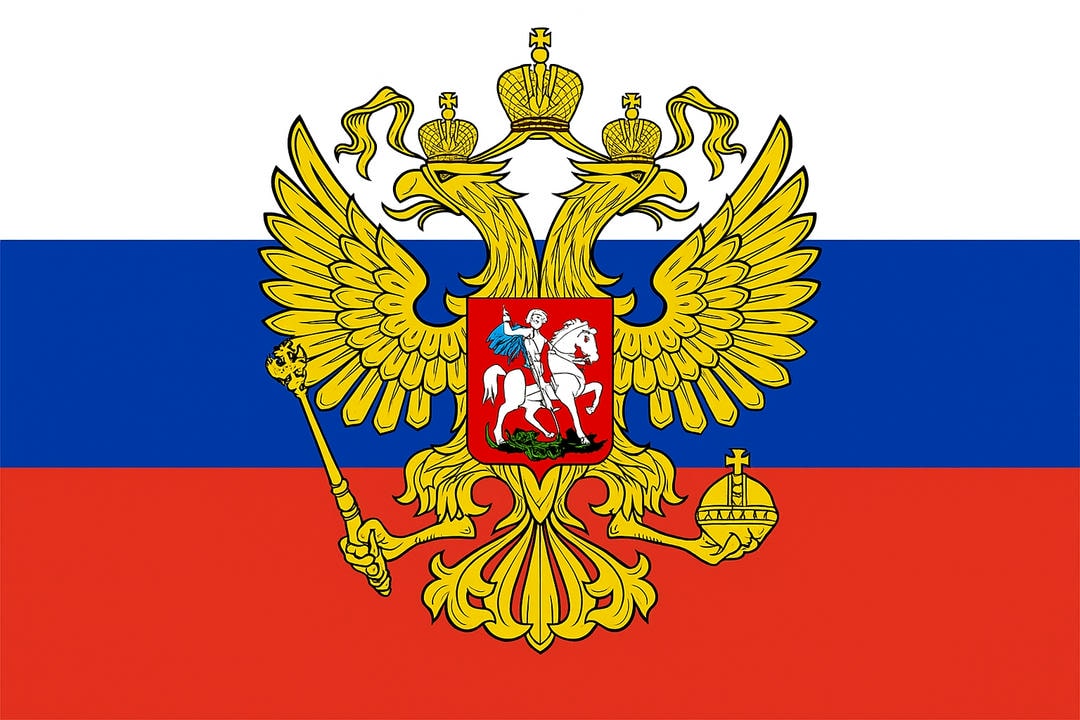
The Emancipation of the Serfs in 1861 was a watershed moment in Russian history, marking the beginning of the end of feudalism and the dawn of a new era of social and economic transformation. The decree, signed by Tsar Alexander II, freed nearly 23 million serfs from bondage, but its impact extended far beyond the realm of individual freedom. As the traditional social hierarchy began to crumble, Russia was poised on the cusp of a profound transformation, one that would have far-reaching consequences for its economy, politics, and society as a whole. But what exactly did this transformation entail?
Background to the Emancipation
In the mid-19th century, approximately twenty-three million serfs, nearly half of Russia’s population, lived in bondage, their lives dictated by the whims of their aristocratic landowners.
This institution of serfdom, which had existed in various forms since the 16th century, was deeply ingrained in Russian society. Serfs were bound to the land, forced to work long hours in exchange for protection and shelter, and were subject to arbitrary treatment by their masters.
The institution of serfdom had become increasingly anachronistic, hindering Russia’s economic development and modernization.
The country’s defeat in the Crimean War (1853-1856) had exposed its military weakness, highlighting the need for reform. Moreover, the growth of a nascent middle class and the influence of Western liberal ideas had created a growing sense of discontent among the educated elite.
Alexander II, who ascended to the throne in 1855, recognized the need for reform. He established a commission to investigate the feasibility of emancipating the serfs, and in 1861, he signed the Emancipation Decree.
The decree aimed to free the serfs from their bondage, while also providing landowners with compensation for the loss of their serfs’ labor. The emancipation marked a significant turning point in Russian society, paving the way for modernization and industrialization.
Terms of the Emancipation Decree
Alexander II’s Emancipation Decree, signed on March 3, 1861, laid out the terms for the liberation of Russia’s serfs, a process that would unfold over several years.
The decree declared that all serfs were to be freed, but it did not immediately abolish serfdom. Instead, it established a transitional period during which serfs would be gradually emancipated.
The decree also established the terms under which serfs would receive their freedom, including the requirement that they pay a redemption fee to their former owners for the land they had been allocated.
The redemption fee was to be paid over a period of 49 years, with the state advancing the funds to the landowners and the peasants repaying the state through annual installments.
The decree also established the amount of land that each peasant would receive, which varied depending on the region and the quality of the land. In general, peasants were allocated a smaller amount of land than they had previously worked as serfs.
The decree also established the rights and obligations of the emancipated peasants, including their right to own property, pay taxes, and serve in the military.
The terms of the Emancipation Decree were complex and open to interpretation, leading to disputes and conflicts between peasants and landowners.
Despite these challenges, the decree marked a significant turning point in Russian history, paving the way for the modernization of Russian society.
Impact on Russian Society
The Emancipation Decree of 1861 sent shockwaves throughout Russian society, as the sudden and profound shift in the social and economic landscape had far-reaching consequences for all segments of the population.
The newly freed serfs were suddenly thrust into a new era of autonomy, allowing them to move freely and pursue opportunities beyond the confines of their former servitude. This led to significant migration to urban areas, resulting in rapid urbanization and changes to traditional social structures.
As serfs became citizens with newfound rights and freedoms, the aristocracy’s traditional authority was undermined, and a shift in the social hierarchy ensued. Landlords and nobility had to adapt to new labor relations and compensate former serfs for their work.
This changed the way of life for both serfs and landowners, requiring both parties to re-evaluate their relationships and positions in society.
As millions of peasants began to break away from centuries-old bondage, traditional Russian values, norms, and cultural institutions began to undergo transformation. Long-established hierarchies, which defined roles in rural areas and placed power with nobility and aristocrats, gave way to increased equality among Russian people.
Russian literature also became reflective of these developments as celebrated writers documented changing roles within families, impact of mobility and introduction to societal tensions surrounding those radical adjustments.
Economic Consequences of Emancipation
Economic upheaval accompanied the social transformation triggered by the Emancipation Decree of 1861, as the sudden release of millions of serfs from bondage sent shockwaves through Russia’s agricultural and industrial sectors.
The immediate aftermath saw a significant decline in agricultural productivity, as former serfs, now freed, were reluctant to work on the same land they had toiled on for generations. Many chose to leave their former masters’ estates, leading to a shortage of labor and a subsequent decrease in crop yields.
The emancipation also led to a substantial increase in the number of landless peasants, who were forced to seek employment in urban areas.
This mass migration led to the growth of cities, but also created new social and economic challenges, such as overcrowding, poverty, and unemployment.
The government’s decision to provide former serfs with limited landholdings, known as “pauper’s allotments,” was insufficient to support their economic well-being, leading to widespread poverty and discontent.
The emancipation also had a profound impact on Russia’s industrial sector, as the sudden influx of former serfs into the labor market led to a significant increase in the supply of labor.
This, in turn, led to a decline in wages and working conditions, exacerbating the already poor living standards of urban workers.
The economic consequences of emancipation were far-reaching, and it would take decades for Russia to fully recover from the upheaval caused by the Emancipation Decree of 1861.
Legacy of the Emancipation Reform
Shaping the course of Russian history, the Emancipation Reform of 1861 left an indelible mark on the nation’s social, economic, and political landscape. The reform’s legacy extends far beyond the immediate abolition of serfdom, as it paved the way for significant transformations in Russian society.
One of the most notable consequences was the emergence of a new class of landowners, as former serfs became proprietors of their own land. This, in turn, led to the growth of a rural middle class, which played a crucial role in shaping Russia’s economic development.
The Emancipation Reform also had a profound impact on Russia’s social structure. The abolition of serfdom led to increased mobility and the breakdown of traditional social hierarchies.
Former serfs were able to move to cities, seek education, and pursue new career opportunities, leading to the growth of a more diverse and dynamic society. Furthermore, the reform laid the groundwork for future social and economic reforms, including the development of a modern system of education and the expansion of civil rights.
The legacy of the Emancipation Reform can also be seen in its influence on Russian politics. The reform marked a significant shift towards liberalization and modernization, as the government began to address the needs and concerns of its citizens.
This, in turn, laid the groundwork for the eventual overthrow of the autocratic monarchy and the establishment of a more democratic system of government.
Conclusion
The Emancipation of the Serfs in 1861 irreversibly altered the fabric of Russian society, establishing a trajectory for modernization. As the institution of serfdom dissolved, traditional social hierarchies crumbled, and the groundwork was laid for future reforms. The far-reaching consequences of this pivotal event continue to shape Russia’s social landscape, underscoring the significance of the Emancipation as a transformative moment in the country’s history.




